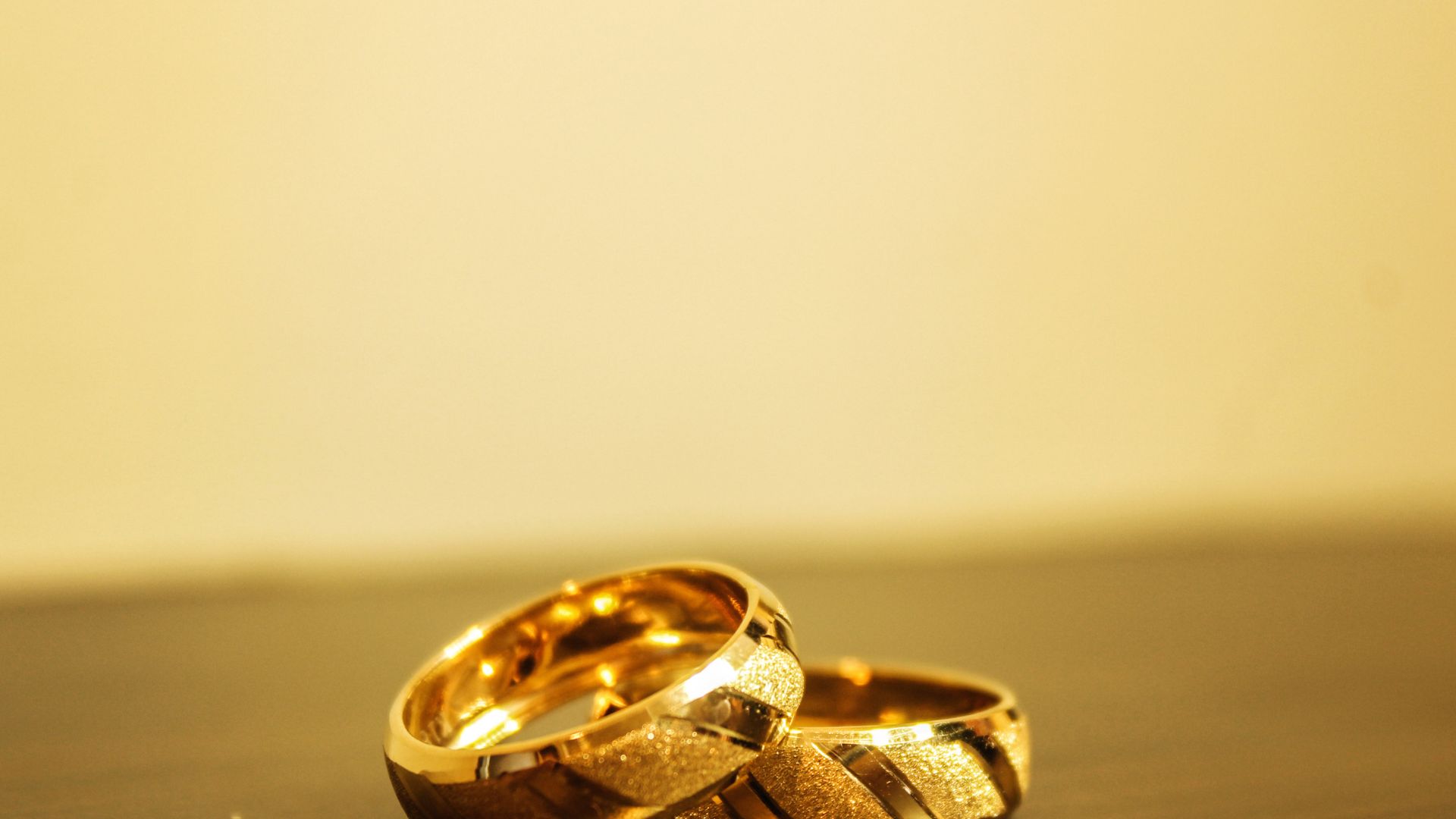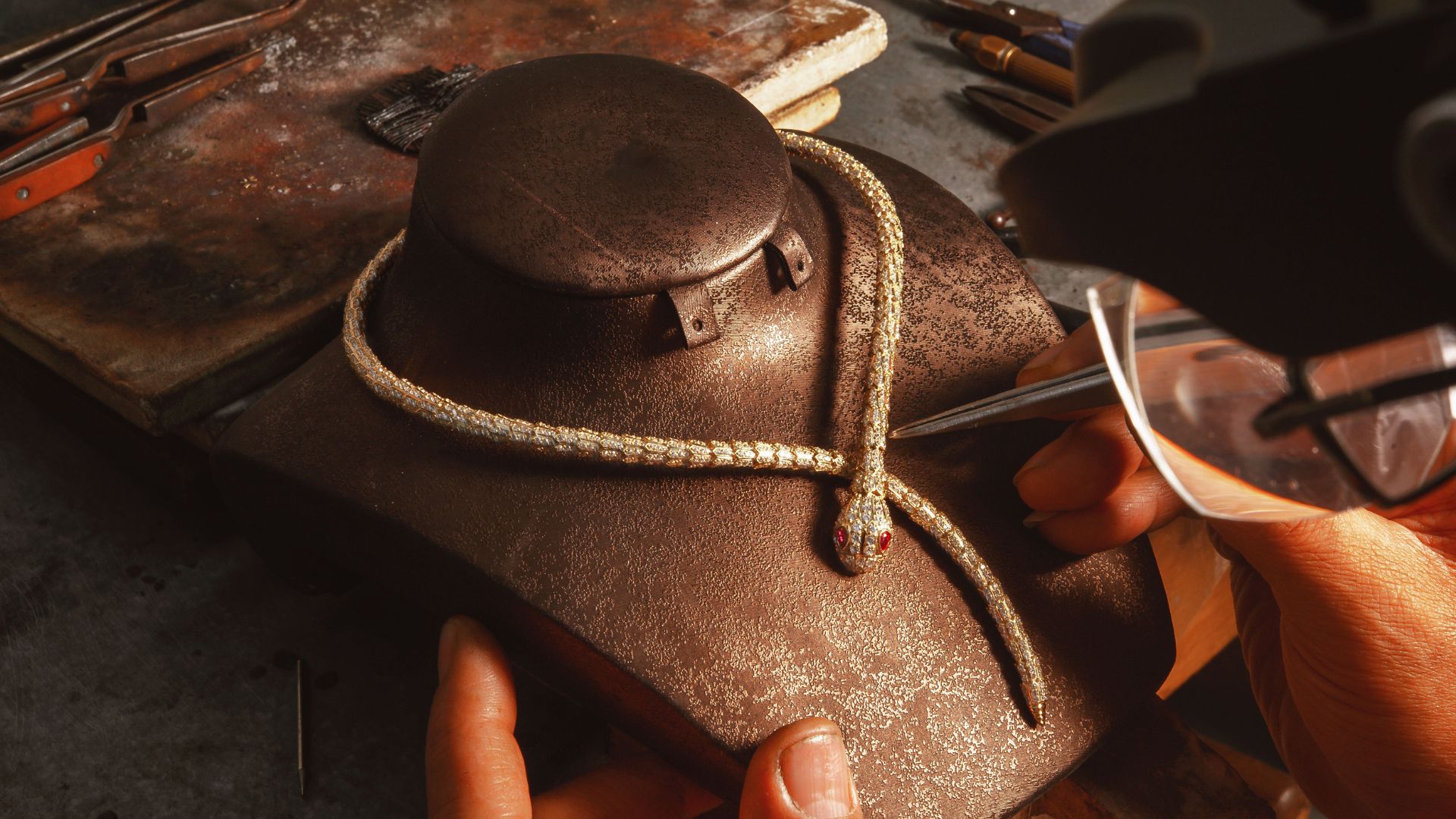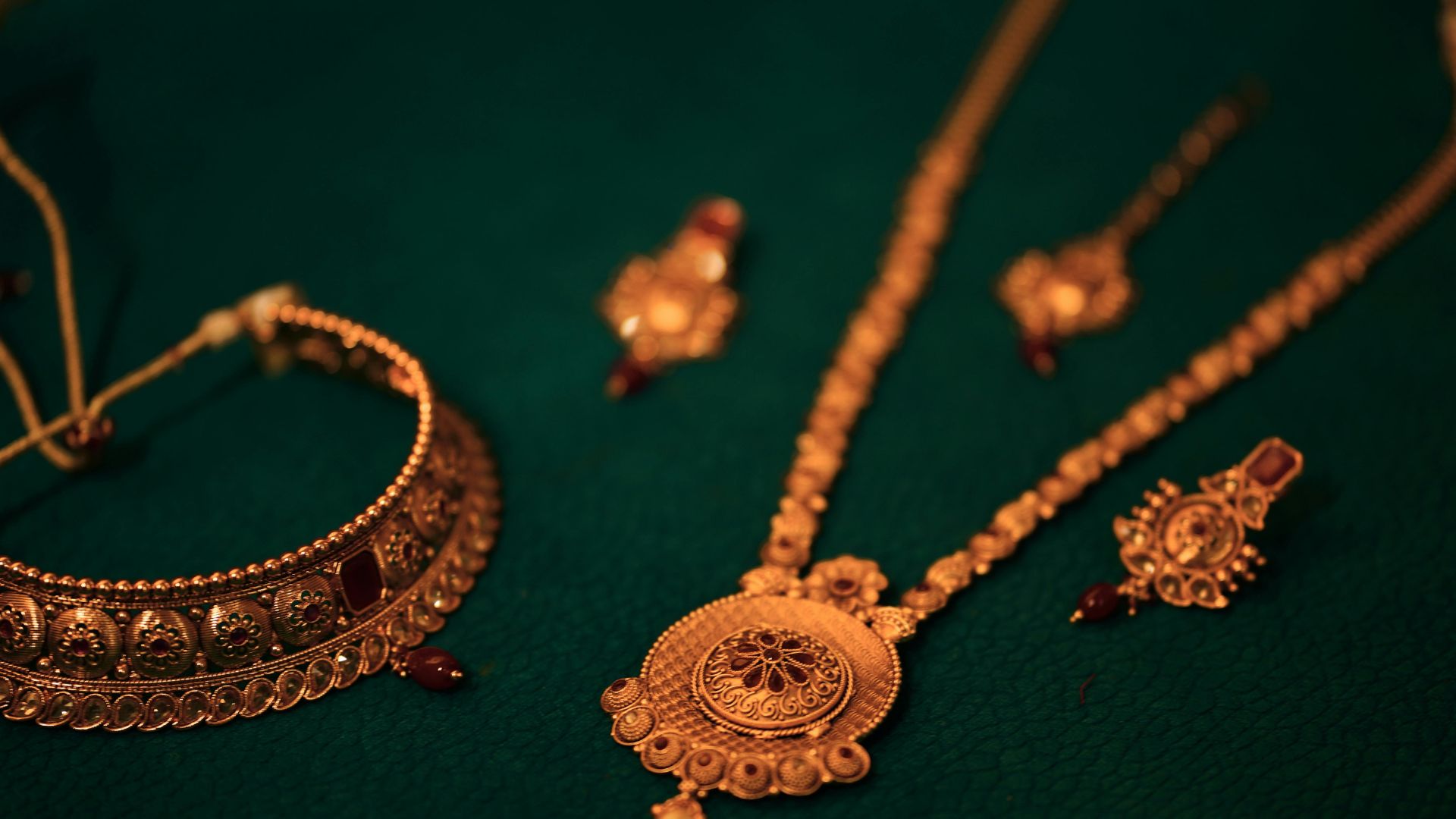Gold has been cherished for thousands of years for its beauty, rarity, and versatility. From ancient civilisations to modern-day designers, it has long been the material of choice for creating jewellery that is not only a symbol of wealth but also a piece of art. But how does gold, which starts as a simple, raw metal, end up as a stunning piece of jewellery? The process involves a combination of techniques that require both skill and creativity.
In this article, we’ll explore the journey of raw gold, from mining to the final piece of jewellery, showcasing the artistry involved at every stage:
- Mining and refining: How raw gold is obtained and refined into a usable form
- Forming and shaping: Techniques used by goldsmiths to shape and mold gold into jewellery pieces
- Adding details: How designs are added, gemstone setting and engraving
- The artistry involved in turning raw gold into fine jewellery
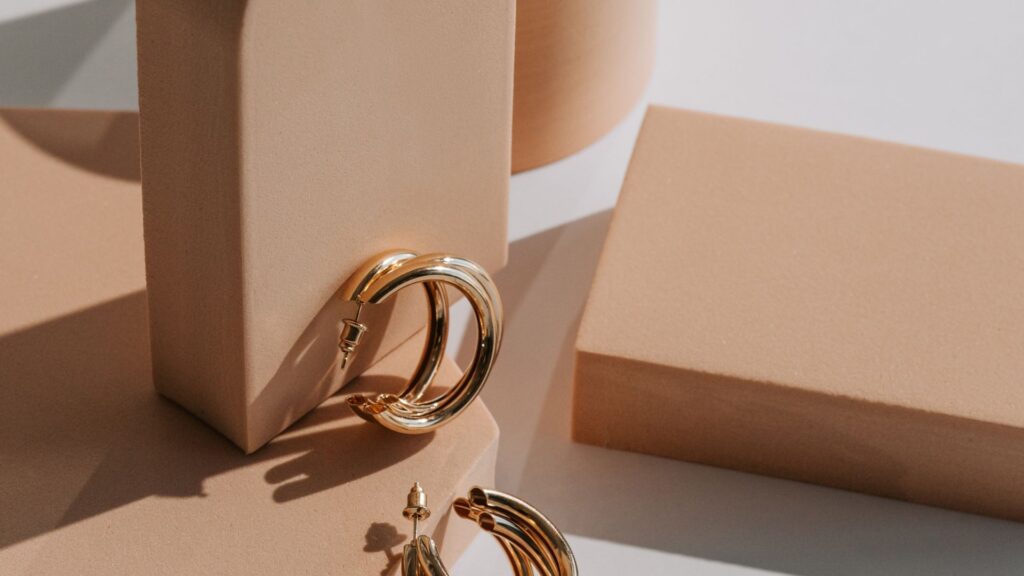
Mining and refining: How raw gold is obtained and refined into a usable form
The journey of gold begins deep within the Earth, where it is mined from veins of ore. Raw gold is found in nature in two main forms: as gold nuggets or mixed with other minerals in ore deposits. The mining process can be quite complex, involving either open-pit or underground mining to extract the ore from the ground.
Once the raw gold is extracted, it must be refined before it can be used for jewellery. This involves removing impurities and other metals mixed with the gold. The most common method of refining gold is a process called smelting, which uses high heat to melt the gold and separate it from the unwanted materials. The result is refined gold, typically measured in karats (K), with 24K being the purest form of gold available.
However, even pure gold is often too soft to be used in jewellery on its own, so it’s typically alloyed with other metals like copper, silver, or palladium. This helps to increase the strength and durability of the gold, making it more suitable for creating intricate jewellery pieces. The goldsmith can choose different alloys depending on the desired colour, strength, and other characteristics of the final piece.
Forming and shaping: Techniques used by goldsmiths to shape and mold gold into jewellery pieces
Once the gold is refined and alloyed, it’s ready to be transformed into jewellery. Goldsmiths use a variety of techniques to shape and mould the gold into the desired form. The process begins with the creation of a design, which can either be drawn by hand or created using digital software. Goldsmiths typically start with a rough sketch or blueprint of the piece, whether it’s a ring, bracelet, necklace, or other types of jewellery.
1. Casting: One of the most common techniques used to shape gold is casting, where a mould is created to pour molten gold into. This allows for the creation of intricate designs, such as detailed patterns or sculptural elements. The most popular method of casting in jewellery making is lost-wax casting, which involves creating a wax model of the piece, coating it in a mould, and then melting the wax to leave a cavity for the molten gold.
2. Rolling and forging: Goldsmiths may also use rolling and forging techniques to shape gold. In rolling, the gold is passed through a rolling mill, which flattens it into thin sheets or strips. These sheets can then be used to create bands, links, or other components of jewellery. Forging involves heating the gold and using hammers or other tools to shape it into the desired form. This technique is often used to create solid gold rings, bracelets, or pendants.
3. Milling and extrusion: Gold can also be shaped using milling or extrusion, which involves forcing the gold through a die to create specific shapes, like wire or tubing. These can then be used for chains, settings, or other detailed parts of jewellery.
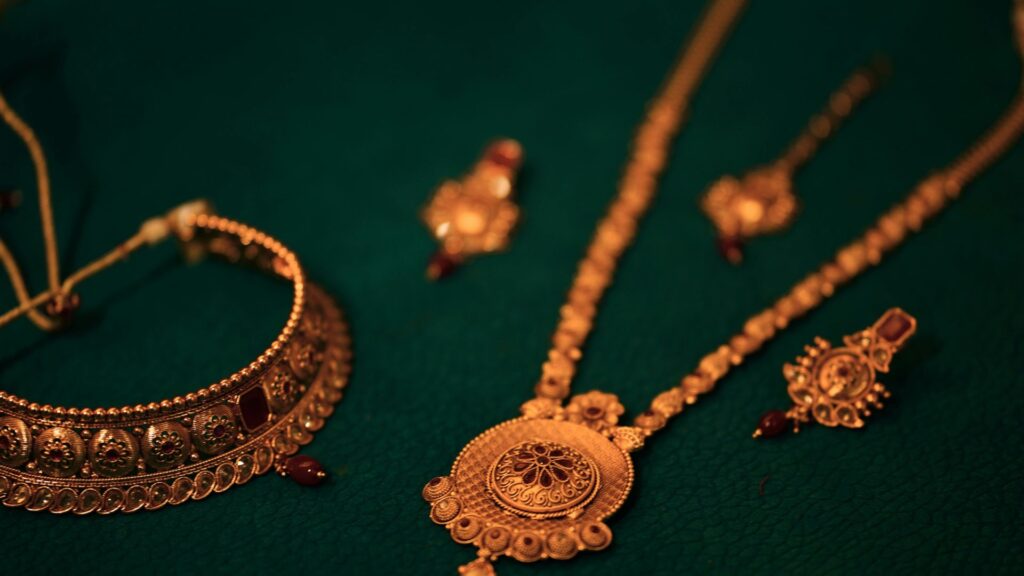
Adding details: How designs are added, gemstone setting and engraving
Once the basic shape of the jewellery is formed, the next step is to add intricate details that bring the piece to life. This can include setting gemstones, adding engravings, or applying textures and finishes.
1. Gemstone setting: One of the most important parts of creating fine jewellery is setting gemstones into the metal. Goldsmiths use various methods to securely set stones in place, including prong settings, bezel settings, channel settings, and pavé settings. Each type of setting has its own unique style and purpose, depending on the type of gemstone and the desired effect. Setting stones is a delicate and precise process, as it requires careful handling to avoid damaging the stones or the metal.
2. Engraving: Engraving is another way to add personal details to a piece of jewellery. Whether it’s a name, a special message, or intricate patterns, engraving allows the goldsmith to add a personal touch to the design. Engraving can be done by hand using small, precise tools, or with the help of modern engraving machines. This adds uniqueness and meaning to each piece, making it even more valuable to the wearer.
3. Texturing and finishing: Goldsmiths often apply textures to their jewellery to give it depth and character. This can be done through techniques like hammering, brushing, or sandblasting. The finish of the gold can also vary, with some pieces being polished to a high shine, while others may have a matte or satin finish, depending on the desired look.
The artistry involved in turning raw gold into fine jewellery
The transformation of raw gold into a finished piece of jewellery is nothing short of magical. It is a process that combines technical skill, precision, and artistry. Each step, from mining and refining to shaping and detailing, requires a deep understanding of the material and a passion for craftsmanship.
Goldsmiths must possess a unique blend of skills—metallurgical knowledge, design creativity, and manual dexterity—to create jewellery that not only looks beautiful but is also durable and functional. Every ring, bracelet, necklace, and pair of earrings is a testament to the talent and dedication of the goldsmith who brought it to life. Whether it’s a simple gold band or a gemstone-encrusted masterpiece, the journey from raw gold to fine jewellery is an art that continues to captivate and inspire.
Let’s recap today’s article on finishing techniques:
- Raw gold is mined from the Earth and refined through smelting to remove impurities, resulting in pure or alloyed gold suitable for jewellery making.
- Goldsmiths shape gold using techniques such as casting, rolling, forging, milling, and extrusion to create jewellery pieces with intricate designs and solid forms.
- Lost-wax casting is commonly used, where a wax model is created, coated in a mould, and melted away, leaving a cavity for molten gold to fill, forming the final piece.
- Goldsmiths add intricate details, such as gemstone settings and engravings, to enhance the jewellery’s design and make each piece unique.
- Stones are securely set using various methods like prong, bezel, channel, or pavé settings, depending on the design and type of gemstone.
- Goldsmiths apply textures and finishes, such as hammering, brushing, or polishing, to add depth, character, and a personal touch to the jewellery.
In the end, the beauty of gold jewellery lies not just in its appearance, but in the centuries-old techniques and the meticulous craftsmanship that turns a humble metal into something truly extraordinary.


